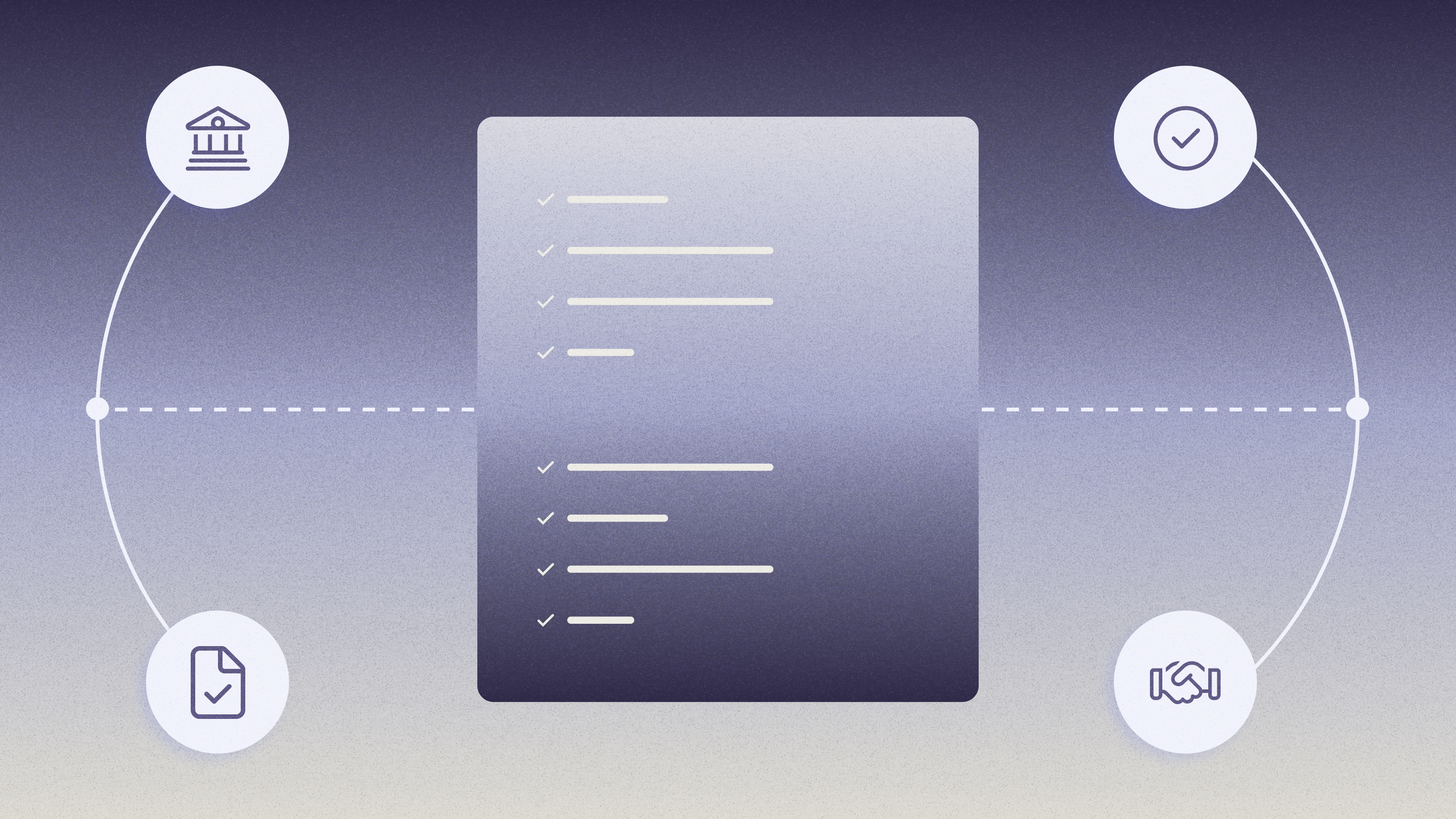How to start a consulting or agency business: Initial building blocks

Starting a consulting or agency business can be a smart move for many entrepreneurs. But before you’re managing clients or enjoying the flexibility of solo work, you’ll need to handle the basics, including registering your business, opening a bank account, and identifying your ideal customer profile (ICP).
Getting these foundations right can set your business up for long-term success. Skipping steps now can lead to tax, legal, or financial challenges down the line.
Whether you’re a seasoned operator ready to take the plunge into entrepreneurship or a freelancer ready to formalize your services, this four-part guide will walk you through each step of launching and growing a successful agency or consulting business. Here, in part one, we’ll explain what you need to know to get started. Then, we’ll discuss establishing a financial foundation, building and growing your client base, and, lastly, common mistakes to avoid.
Find your niche and define your value proposition
Start with this question: What problem are you uniquely positioned to solve?
Before you register a business name or design a logo, your answer to that question will shape everything — from your target audience to your service offering and how you deliver it.
Here’s a simple framework to help define your niche:
- Reflect on your strengths and experience. What have you spent years mastering? Is there a skill you excel at in your current role that others consistently seek your help with? What problems do colleagues come to you to solve?
- Look for market gaps and study the competition. Think about which types of companies need your expertise. How is that need currently being met? Research consultants and agencies in your intended niche and assess where their offerings fall short.
- Validate demand before committing. Once you’ve sketched out a service and target client, treat it like a hypothesis. Every assumption about your customer should be tested. Does your audience actually need this service — and will they pay what you plan to charge? If not, continue to revise your offering. Here are some ways to gather feedback:
- Interview 10–15 potential clients about their biggest challenges.
- Join industry forums and look for recurring pain points.
- Scan job postings for consultants with similar services.
- Check keyword search volume related to your niche, using tools like Google Trends, Semrush, or Clearscope.
- Write a clear value proposition. Your value prop should complete this sentence: “I help [specific audience] achieve [specific outcome] by [your unique approach].” This forces you to get precise about who you serve and how you deliver results.
Here are a few examples of clear, specific value propositions to use as inspiration:
- “I help B2B SaaS startups increase their conversion rates by 30% through behavioral email marketing strategies.”
- “I help small law firms modernize their practice management systems without disrupting their workflow.”
- “I help ecommerce brands reduce cart abandonment by 40% using a psychological pricing framework.”
Choose a business model
There are a few different ways to structure your professional services business — whether you run a solo operation, a micro-agency with freelance collaborators, or a full-time team.
You don’t need to know your business’s final form from day one. It’s normal for things to evolve over time.
Maybe you know you’d prefer not to manage a team and would rather run a small solo firm. Or maybe you’re aiming to build the next $10M ARR agency with serious cash flow, and you’re ready to invest in growth.
Here’s a summary of what to expect when pursuing each model:
Business Structure | Benefits | Drawbacks | Popular Among |
|---|---|---|---|
Solo Consultant |
|
|
|
Agency Model |
|
|
|
Hybrid approach (starting solo and bringing in contractors as needed) |
|
|
|
The business model you choose should take into consideration your personal and professional goals, lifestyle needs, and expertise.
Craft your mission and vision statements
Your mission and vision statements help keep you focused as you navigate the decisions and challenges of running your business. They’re important to define early on. Though these ideas may seem similar at first, each serves a distinct purpose.
Mission statement
Your mission statement focuses on what you do, making it crystal clear to your prospective clients.
Example mission statement: “We help small businesses improve their marketing ROI by implementing automation systems that double their output without increasing headcount.”
Vision statement
Your vision statement should paint a picture of the future you’re working toward. Instead of what you do, this is about the world you want to help build.
Example vision statement: “Our vision is to create a world where every small business has access to enterprise-level marketing strategies and tools, leveling the playing field for entrepreneurs everywhere.”
Together, your mission and vision statements serve as your north star — and help your customers understand your business goals.
These early tasks — identifying your niche, articulating your value proposition, and choosing the right business model — create the groundwork of your business. Once you’ve addressed these early questions, it’s time to formalize your operations.
Next up in our series, we discuss what you need to know to build your business’s financial foundation.
Tags



